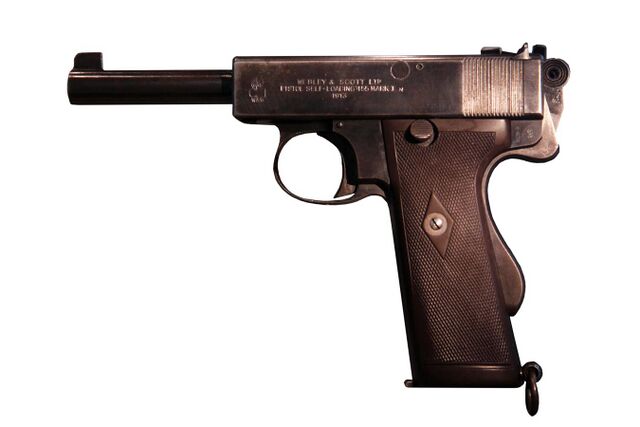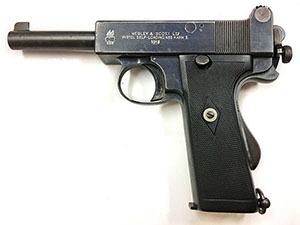Lets start I don’t want to take much of your time


Brief history of 15th (Scottish) Infantry Division
The 15th Scottish Infantry Division served for three years on the Western Front during the First World War. At the start of the Second World War in September 1939 it was remobilised in England. Here it remained until 1943 in training formation. On 14 June 1944 the 15th Scottish Division returned to French soil. Their first battle was Operation Epsom to outflank and seize the city of Caen. Serving under the command of General MacMillan, the Scottish Division took part in the attack to cross the river Odon. These were only their first days in action and the division already suffered heavy losses: about 2,700 casualties between 27 June and 2 July 1944. Nearly a third of the total infantry strength of the entire division. However, a corridor of 8 by 3 kilometres was pierced through German lines, named the ‘Scottish Corridor’. Known for their fighting spirit, the Scottish soldiers then launched a diversion from the Odon bridgehead in support of Operation Goodwood. On 15 July 1944, the town of Esquay was captured during the night. For about a month they fought at the foot of hill 112. Even though the hill was not captured, the battle distracted a German Panzer Division for a good while. On 23 July the 15th Division was ordered to advance towards Caumont-l’Éventé to relieve the 1st American Division. The 15th Scottish Infantry Division took part, in Operation Bluecoat (30 July - 4 August) advancing through hedgerows and bushes. After a week of bitter fighting around Estry, the division was granted time of rest to the South of Caen. The men resumed their progress towards the Seine, which they crossed on 27 August 1944 before they continued towards Belgium and the Netherlands.

Weapon I had in mind for this squad (The rifle had both skeleton stock and full stock)
Simplified Lee-Enfield rifle model 1941
The British designers decided to simplify the not very complicated weapon because of bad luck: after the Dunkirk disaster in June 1940, their military commanders suddenly discovered that not only were there not enough rifles and machine guns, but there was no place to produce them. Moreover, expecting the German troops to invade the British Isles any day now, the generals also realized that they were short of time.
The solution was quite logical: to simplify the design of the required weapon so that it could be produced by relatively small commercial enterprises (the USSR, Germany and Japan did the same in the corresponding periods of World War II).
Chambered in the British military’s .303 service cartridge the Simplified Rifles took the action of the Pattern 1914 and simplified it. Commercial engineering workshops and factories were to manufacture the rifle. The design simplified the furniture and minimised the amount of machining needed to make the receiver. As a result the rifles had simple stocks and slab-sided receivers. The flip-up sights were simpler marked for 300 and 600 yards. A minimal amount of wood was used to save resources and one prototype had a simple half-stock and metal skeleton butt. Another prototype, perhaps an earlier model, had a full-length, more traditional butt-stock as well as front-sight protector posts.
And the mag is internal.
Some clothing options(Fair warning some of the clothes weren’t used by the unit)
1-First set is simple one uniform and British ww1 helmet alternatively the helmet could be covered with greenery to give it camouflage or they can get berets

2- second and last uniform set : since this is Scottish division they could get normal uniforms with skirts


Hope you guys enjoyed it












